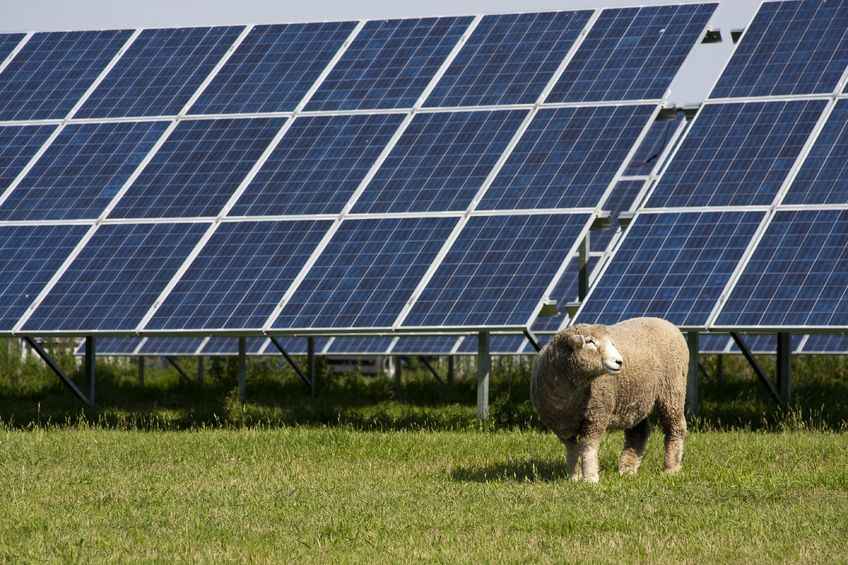
A growing number of farmers are taking advantage of large solar park developments as a new report predicts that the sector is set to double in size by 2030.
Solar Energy UK has released a report which sets out a plan to deliver the 40GW of operational capacity needed by the end of the decade for the UK to remain on track for net-zero.
The association predicts that the delivery will see the industry double in size, creating 13,000 new jobs, £17bn in additional economic activity, and a 4.7% cut in total UK carbon emissions.
Property consultancy Fisher German has seen a shift away from the smaller solar parks developed with subsidy.
It is now working on sites which are typically 150-acres plus in scale as developers switch their attention to delivering Nationally Significant Infrastructure Projects (NSIPs), which are substantial and can produce significantly more electricity.
These vast projects often involve working directly with National Grid rather than the Distribution Network Operators (DNOs) to gain a more sizeable electrical connection before assembly of the land takes place.
The team said that these projects presented 'huge opportunities' for farmers and landowners looking to diversify.
Darren Edwards, head of sustainable energy at Fisher German, said: “With mounting pressure to decarbonise our energy supplies, solar PV is an increasingly important part of countries energy mix not only because of the amount of power it supplies to the grid but also its reliability.
“The incorporation of battery storage technology alongside solar is not only enhancing its benefit to the grid but also its value to the operator.”
Harry Edwards, a senior associate in Fisher German’s sustainable energy team, added that solar was an industry which had steadily been building momentum.
“There’s demand for more electricity and it’s got to be green. Although solar is intermittent, like other forms of renewable energy, it plays its part alongside other sources," he said.
“Our market experience and the current trends we are seeing are mirrored in the report, and there has certainly been a mood-shift with developers moving away from smaller solar parks and looking towards creating vast 400MW to 500MW projects."
This is because they are no longer limited by subsidy rules and although NSIPs must be approved by the Secretary of State.
"The government is now pro-green power and working towards net zero making them more achievable," Mr Edwards added.
He said they represented a 'fantastic' diversification opportunity for farmers looking for alternative ways of generating additional income, particularly as BPS phases out.
“As a result, we are working with an increasing number of landowners taking advantage of large solar park and energy storage developments, and there are even more in the pipeline," he said.
